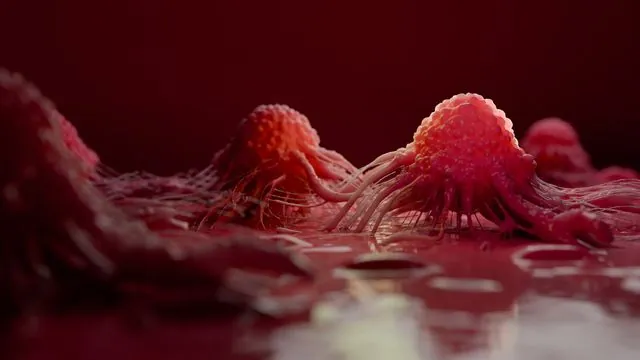
Surprising Revelations: Mice vs. Humans in Cancer Immunotherapy Research!
2025-01-06
Author: Wei
Introduction
The world of cancer treatment is on the brink of a major breakthrough as new research from UC San Diego uncovers astonishing differences between the PD-1 protein in mice and humans. Since its identification in the 1990s, PD-1—short for programmed cell death protein 1—has been a cornerstone in cancer immunotherapy, acting as a “checkpoint” receptor that can prevent immune cells from attacking healthy tissue. This function has led to the development of drugs aimed at blocking PD-1, allowing the immune system to recognize and destroy cancer cells effectively.
Limitations of Current Research
Despite the acclaim following the introduction of PD-1 targeting therapies, their effectiveness is often limited to a small subset of patients. Traditionally, much of our understanding has relied on findings from rodent studies, based on the presumption that rodent and human biology are closely aligned. However, groundbreaking research from UC San Diego's School of Biological Sciences and School of Medicine challenges this long-held belief.
Key Findings
Led by assistant project scientist Takeya Masubuchi, the team conducted a thorough exploration of PD-1, employing innovative biochemical analyses, animal models, and even an evolutionary perspective tracing the protein's development over millions of years. Their findings revealed that PD-1 in mice is significantly less effective than its human counterpart.
One of the pivotal discoveries made by the researchers was the identification of a unique “motif”—a specific sequence of amino acids present in most mammals, including humans, but strikingly absent in rodents. “Our work uncovers unexpected species-specific features of PD-1 with implications for developing better pre-clinical models for PD-1,” stated Associate Professor Enfu Hui, emphasizing the limitations of using mouse models for human therapies.
Evolutionary Perspective
This research indicates that although many proteins show similarities across species, immune checkpoint receptors like PD-1 can exhibit significant divergence affecting their function. In a shocking revelation, the researchers found that replacing mouse PD-1 with the human variant hampered the ability of T cells to effectively combat tumors, indicating that the mouse model may not be suitable for studying PD-1’s role in cancer therapy.
Further investigation revealed that PD-1's evolutionary journey took a significant downturn approximately 66 million years ago, coinciding with the Cretaceous–Paleogene mass extinction event. This decline possibly reflects the adaptations of rodent ancestors to survive new ecological challenges, shaping their immune receptor activities in ways that differ markedly from other vertebrates.
Future Directions
Looking forward, researchers are eager to explore how these profound differences might influence the anti-tumor activities of T cells in human settings across various types of cancer. As the field progresses, a critical reassessment of the models used to test cancer therapies is essential, ensuring that future treatments target effective pathways relevant to human biology.
Conclusion
Stay tuned, as these revolutionary findings could reshape the future of cancer immunotherapy, potentially leading to more tailored and effective treatments for patients worldwide!


 Brasil (PT)
Brasil (PT)
 Canada (EN)
Canada (EN)
 Chile (ES)
Chile (ES)
 Česko (CS)
Česko (CS)
 대한민국 (KO)
대한민국 (KO)
 España (ES)
España (ES)
 France (FR)
France (FR)
 Hong Kong (EN)
Hong Kong (EN)
 Italia (IT)
Italia (IT)
 日本 (JA)
日本 (JA)
 Magyarország (HU)
Magyarország (HU)
 Norge (NO)
Norge (NO)
 Polska (PL)
Polska (PL)
 Schweiz (DE)
Schweiz (DE)
 Singapore (EN)
Singapore (EN)
 Sverige (SV)
Sverige (SV)
 Suomi (FI)
Suomi (FI)
 Türkiye (TR)
Türkiye (TR)
 الإمارات العربية المتحدة (AR)
الإمارات العربية المتحدة (AR)